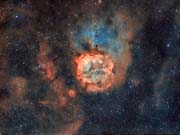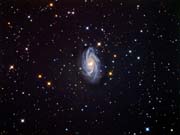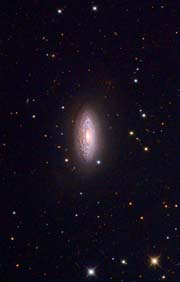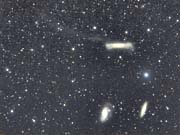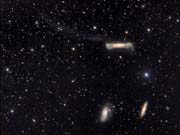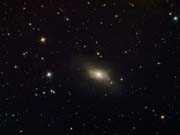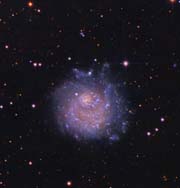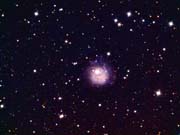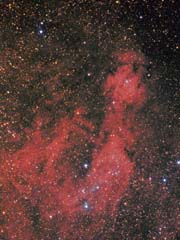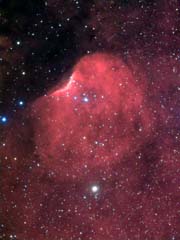This emission nebula, Sharpless 284 in Monoceros is fairly large - the central circular area is similar in diameter to the Moon, and is accompanied by other areas of emission. But is faint and requires quite a lot of exposure, not easily acquired in England of late, particularly the very cloudy and stormy weather in December and January!
Fortunately a few clear nights in early January 2024 although limited by time constraints due to other engagements and the low elevation of the target here in NE England gave me an opportunity and this is the result. Imaged over nights of the 5th, 14th and 18th of January. Narrowband Ha 22 x 10 minutes, OIII and SII 12 x 10 minutes. Also LRGB for the stars, Luminance 10 x 3 minutes, RGB each 4 x 3 minutes.
All binned 2x2 with QSI683 camera and Starlight Xpress AO on TS65 quad. Processed as Hubble palette (SHO) then some quite enjoyable messing about to end up with the final colours. The original stars in the SHO image were removed using StarNet, and later replaced with the LRGB stars. Full Size
This image appeared in the March 2024 Astronomy Now Gallery
